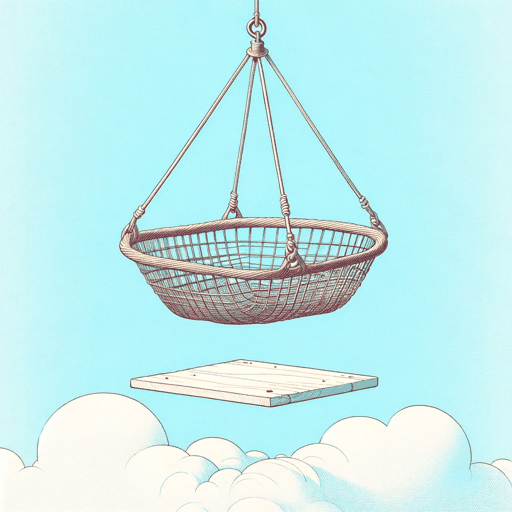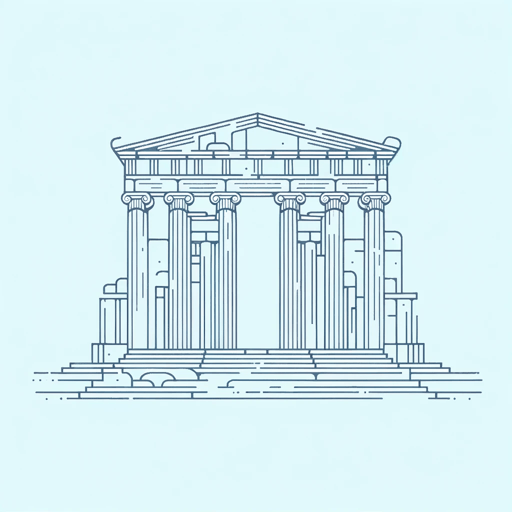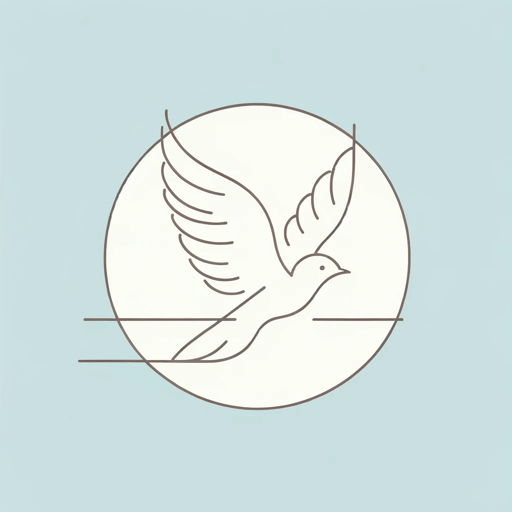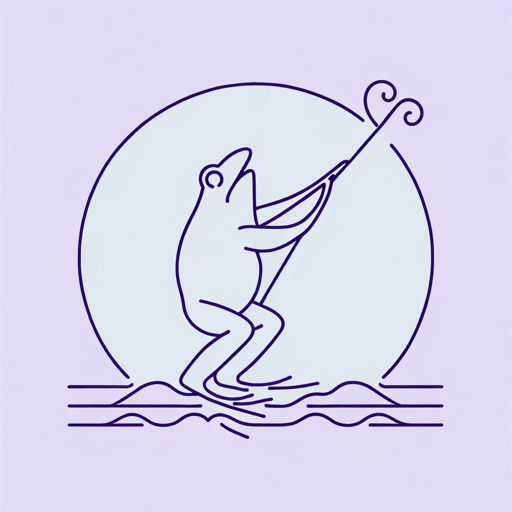44 pages • 1 hour read
AristophanesThe Clouds
Fiction | Play | Adult | BCEA modern alternative to SparkNotes and CliffsNotes, SuperSummary offers high-quality Study Guides with detailed chapter summaries and analysis of major themes, characters, and more.
Symbols & Motifs
Natural Imagery
Aristophanes’s Clouds is replete with natural imagery. The Chorus of Clouds—the play’s namesake—is the most obvious example. In their first choral song, or parodos, the Clouds describe themselves as “shining bright with radiant dew” as they survey the natural world around them, including mountains, earth, and rivers (276). In some ways, the Clouds resemble the nymphs and nature goddesses of Greek mythology, divine beings tied to the natural world.
The Clouds are only one part of a larger trend. Socrates’s other gods—gods that include “boundless Air” and “Ether bright”—are also drawn from nature. Socrates himself is presented first and foremost as a student of natural philosophy and meteorology, “walking upon air and attacking the mystery of the sun” (225). Zeus, the supreme god of the Greek pantheon, is reduced to natural phenomena such as the celestial vortex, which becomes, for the ignorant Strepsiades, a new god named “Vortex.”
Such imagery belies the power of the true gods to rule over nature. Socrates’s misguided attempts to understand nature without the gods proves fruitless and even disastrous in the world of the play).
Related Titles
By Aristophanes
Featured Collections
Ancient Greece
View Collection
Books on Justice & Injustice
View Collection
Comedies & Satirical Plays
View Collection
Dramatic Plays
View Collection
Education
View Collection
Good & Evil
View Collection
Philosophy, Logic, & Ethics
View Collection
Religion & Spirituality
View Collection
School Book List Titles
View Collection






